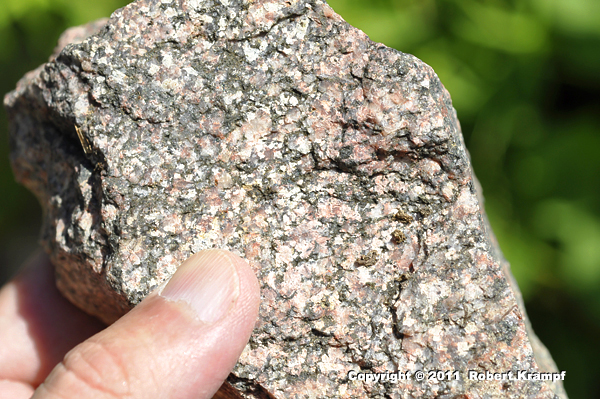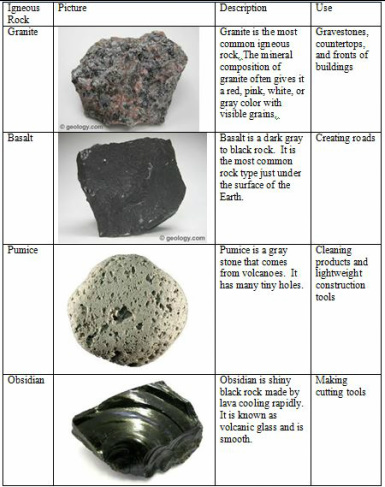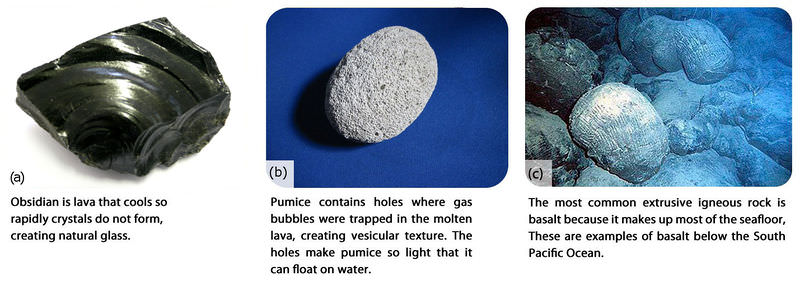The Most Common Extrusive Igneous Rock Is Granite

Many people recognize granite because it is the most common igneous rock found at earth s surface and because granite is used to make many objects that we encounter in daily life.
The most common extrusive igneous rock is granite. What is an extrusive igneous rock. How to igneous rocks form. Extrusive igneous rocks erupt onto the surface where they cool quickly to form small crystals. Usually the rocks in deep ocean floors are known to be basaltic in nature while the rocks in the continental mass are granitic in nature.
What is the most common intrusive igneous rock. Pumice obsidian andesite rhyolite and basalt. Extrusive fine grained aphanitic equivalent of granite. This results in rocks with a very fine grained or even glassy texture.
Granite is a coarse grained igneous rock composed mostly of potassium and sodium rich feldspars. Gabbro is a usually coarse grained igneous rock composed chiefly of pyroxene calcium rich plagioclase feldspar and olivine. The best known igneous rock. Volcanic processes has shaped the extrusive igneous rock formations at these parks.
Types of extrusive igneous rocks include. Its principal minerals are feldspars quartz and mica. One of the best known and most abundant igneous rocks. It contains more than 68 weight of silica in composition and is granular and coarse grained in texture.
Some cool so quickly that they form an amorphous glass. Typically buff to pink or light gray in color. Composed essentially of light colored silicates. Granite the equivalent of its extrusive volcanic rock type rhyolite is a very common type of intrusive igneous rock.
These include counter tops floor tiles paving stone curbing stair treads building veneer. Basalt basalt extrusive rock and granite intrusive rock are two of the most common igneous rock types on the earth and cover most of the igneous deposits on the planet. Small because of the rapid cooling time. Examples of intrusive igneous rocks are diabase diorite gabbro granite pegmatite and peridotite.
Small amounts of 10 dark silicates. Either when they cool very slowly deep within the earth or when magma cools rapidly at the earth s surface. Hot gasses are often trapped in the quenched lava forming bubbles vesicles. Extrusive igneous rocks have what kind of crystals.














































